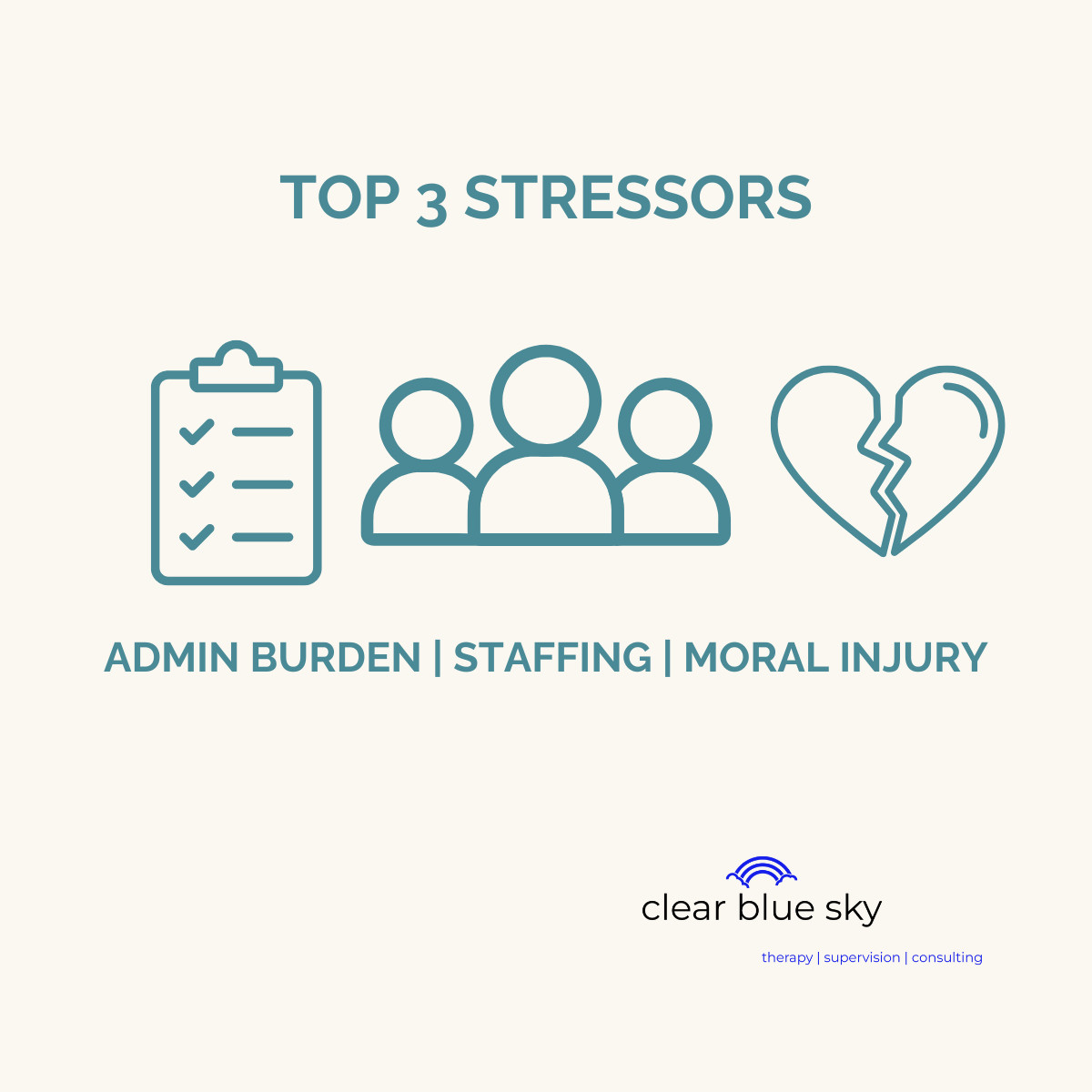
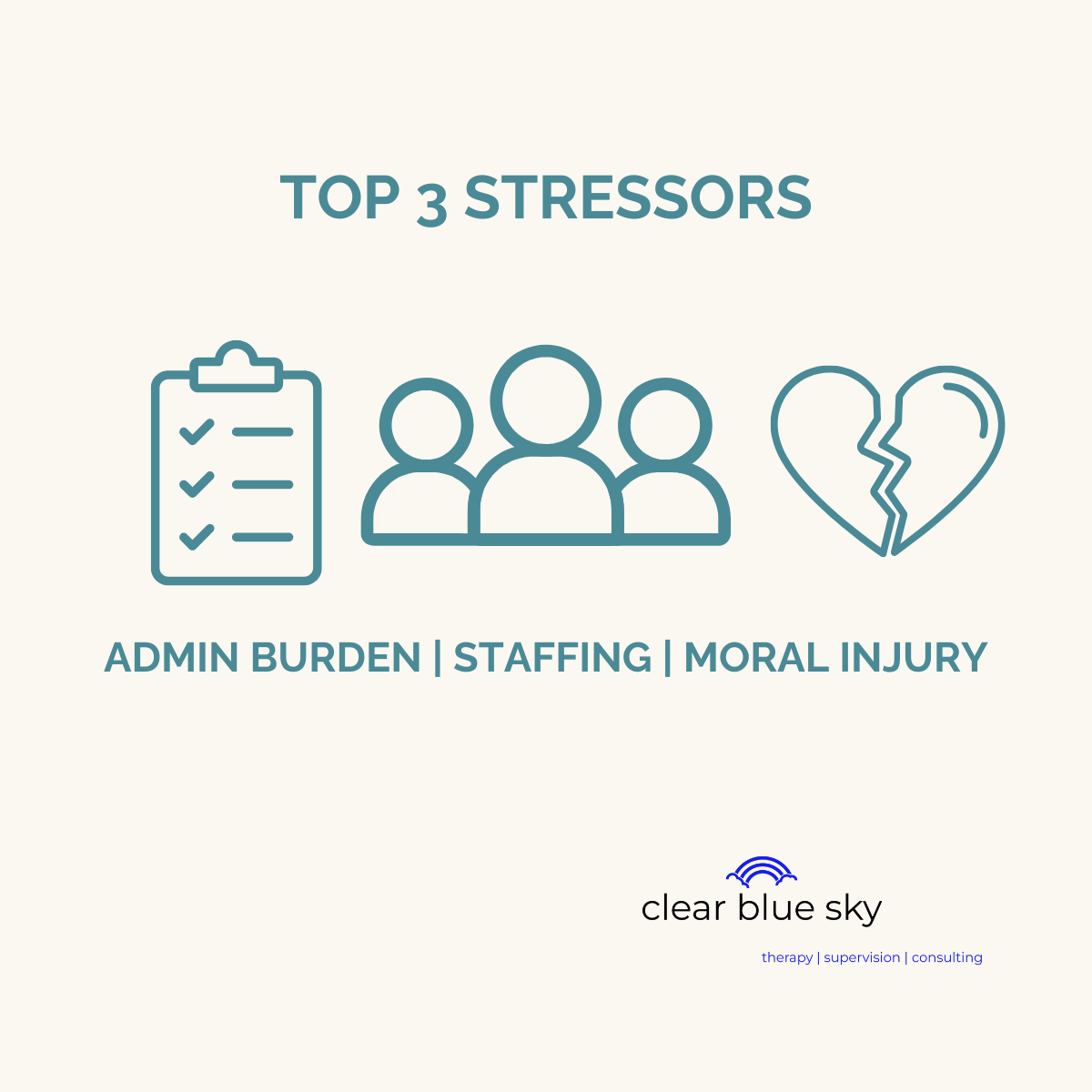
The headlines this year might focus on politics and policy fights, but for physicians, the stress isn’t abstract. It’s cumulative.
Every shift adds one more layer: an extra patient, another denied claim, a missed call back to a payor. It’s the weight of a system that never stops demanding, even as the workforce thins and the emotional toll grows.
I walked the hospital floors during COVID and saw what it looks like when clinicians are stretched to their limits. Those pressures didn’t end with the pandemic — they’ve evolved. In 2025, the top stressors for physicians are the same three forces that keep converging: administrative burden, staffing shortages, and moral injury.
Administrative Burden
Even with advances in digital tools, documentation and billing continue to dominate physicians’ days. Electronic health record fatigue, endless prior authorizations, and new AI tools that promise relief but often add new layers of oversight all contribute to exhaustion. Each extra task chips away at the time and attention meant for patients — and that’s a moral injury in itself.
Staffing Shortages
The physician pipeline is fragile. International medical graduates still make up about 25 percent of the U.S. physician workforce, and proposed policy changes like the $100,000 H-1B visa fee threaten to make that pipeline even narrower【STAT, 2025】.
Meanwhile, the AAMC projects a shortage of up to 124,000 physicians by 2036【AAMC, 2023】. For those still on the job, that means more unstaffed shifts, longer hours, and rising rates of burnout.
Moral Injury
Burnout is no longer the full story. Many physicians describe something deeper — the pain of being unable to provide the care they know patients deserve because of systemic barriers. Whether it’s delayed authorizations, unaffordable medications, or impossible workloads, the body keeps score. The moral weight of medicine shows up in insomnia, irritability, and emotional withdrawal.
What Helps
You can’t solve systemic issues alone — but you can care for your own nervous system. EMDR intensives for physicians are designed to help your body reset, so you can reclaim clarity and calm even when the system doesn’t change overnight.
References
- STAT News. (2025, Sept 25). Trump’s $100,000 H-1B visa fee could devastate U.S. health care. https://www.statnews.com/2025/09/25/h1b-visa-fee-trump-indian-born-doctors-us-health-care
- AAMC. (2023). The Complexities of Physician Supply and Demand: Projections 2021–2036. https://www.aamc.org/data-reports/workforce
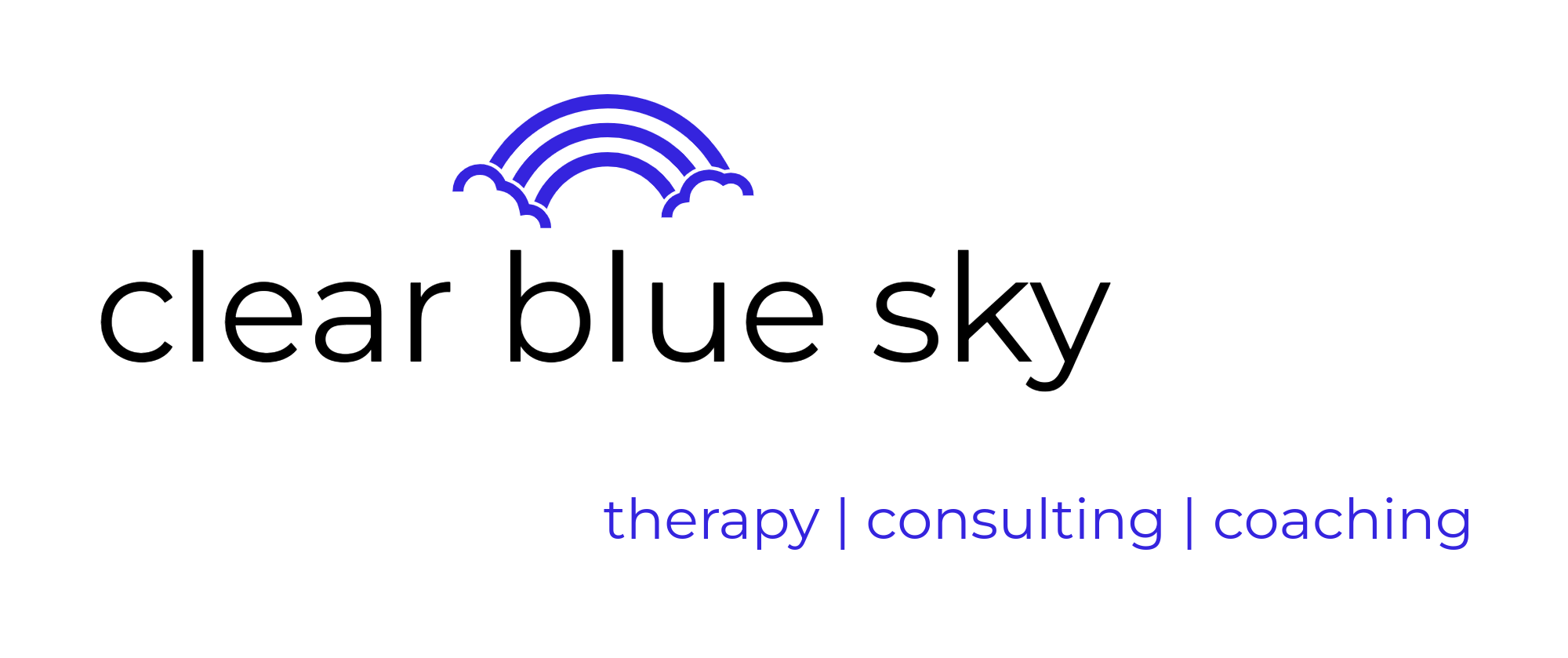

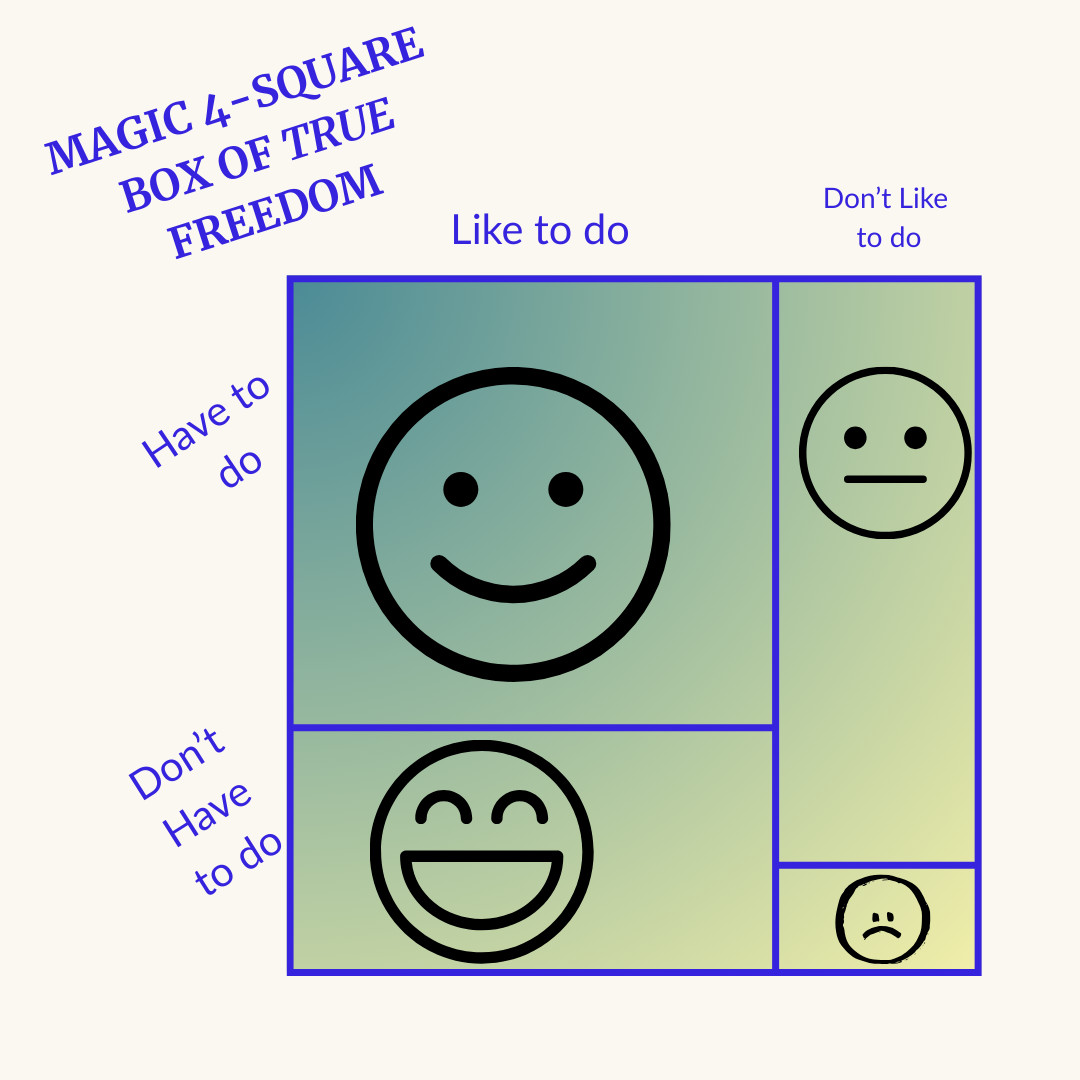





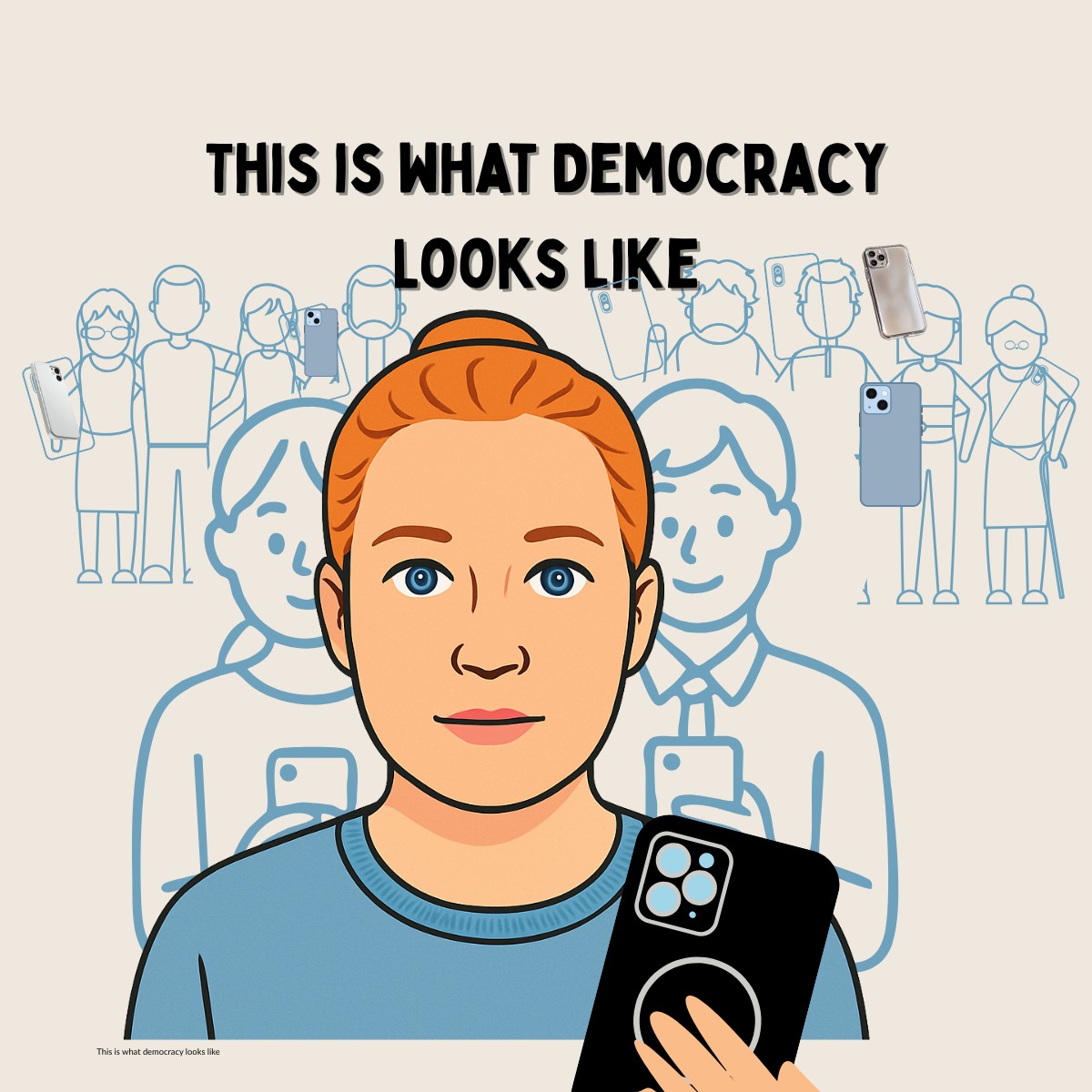
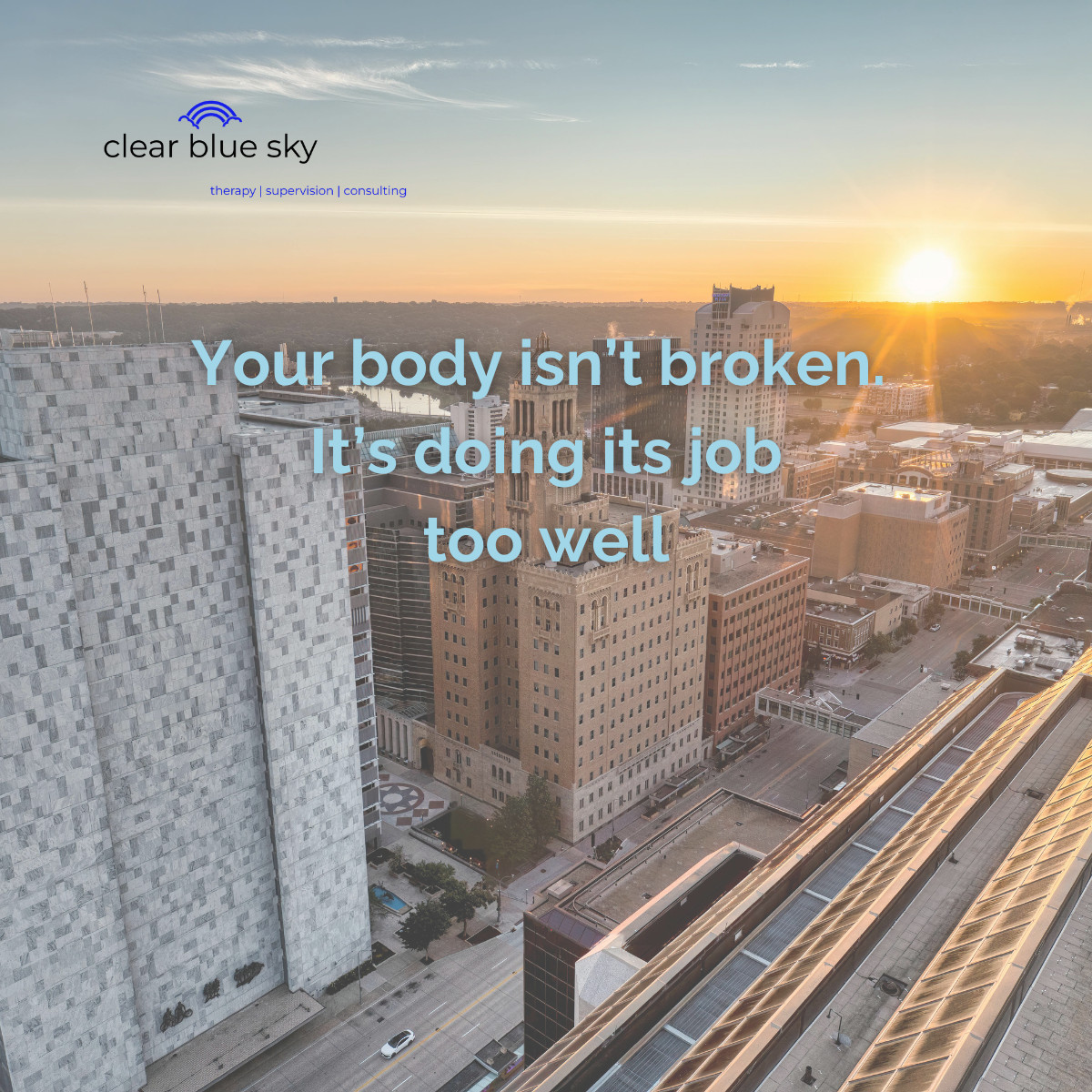
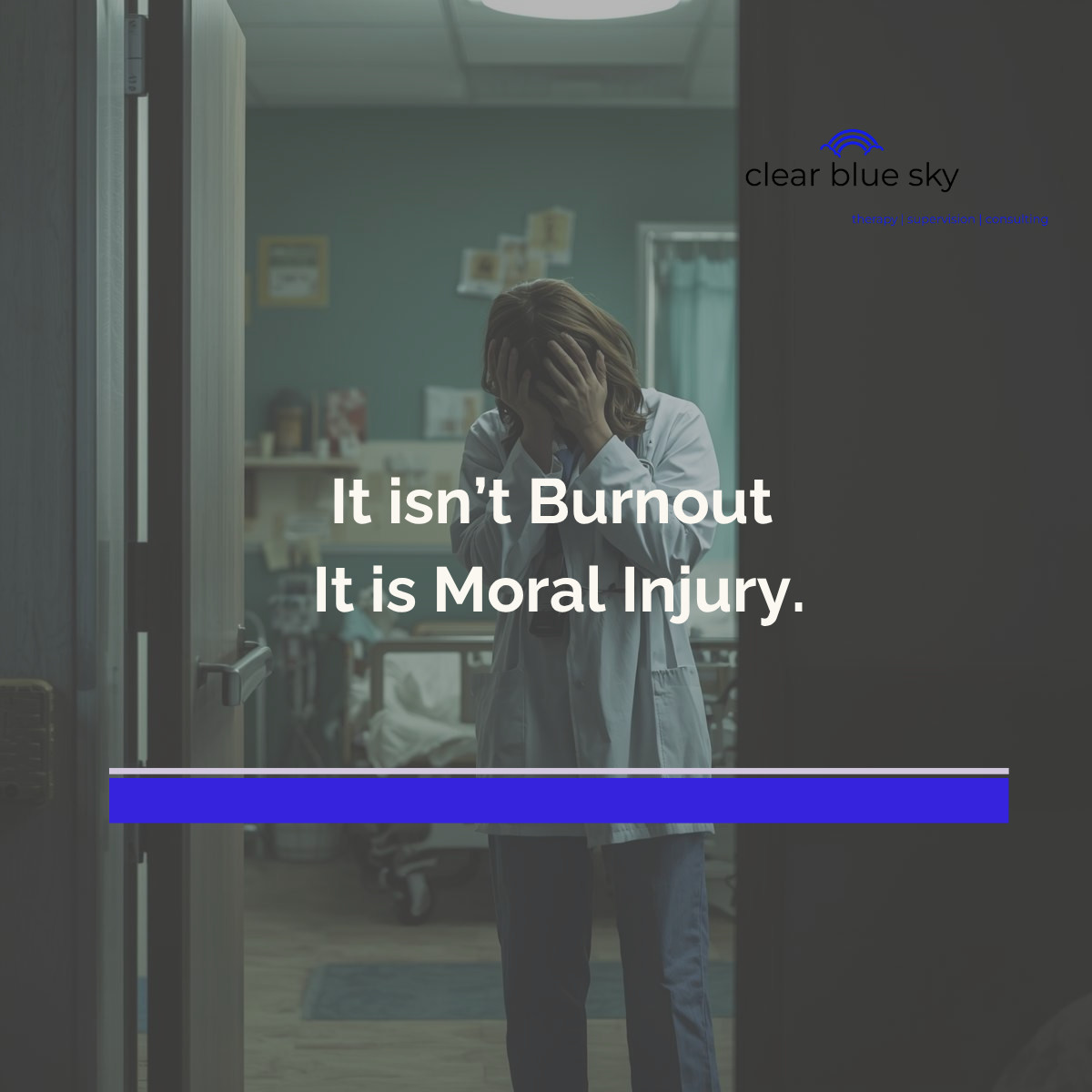
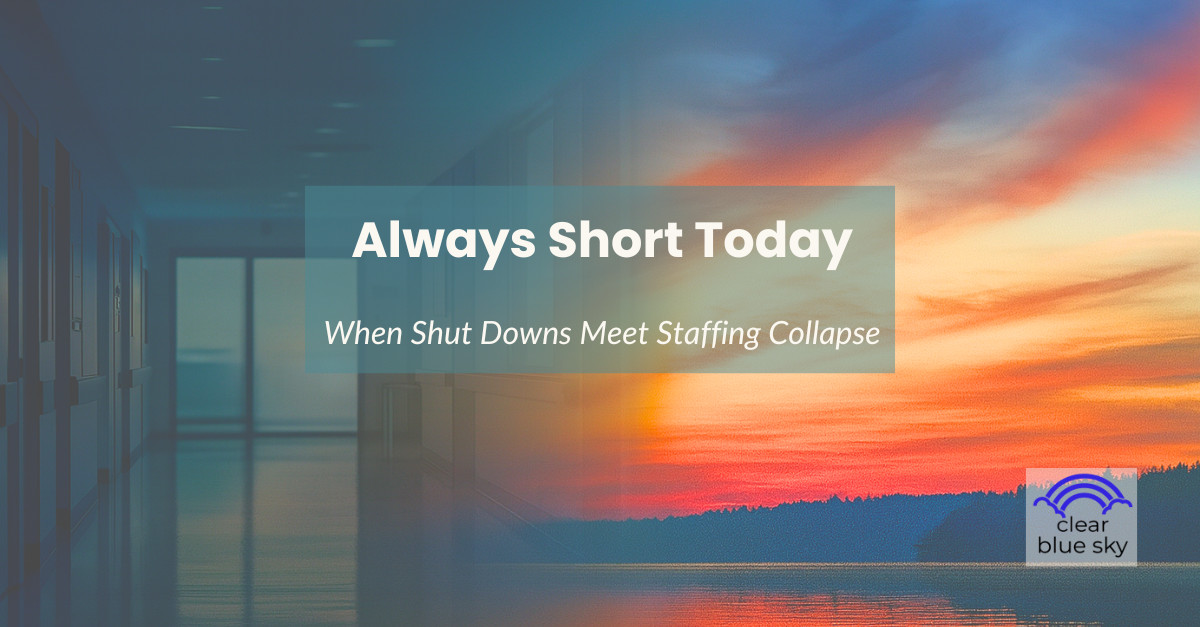

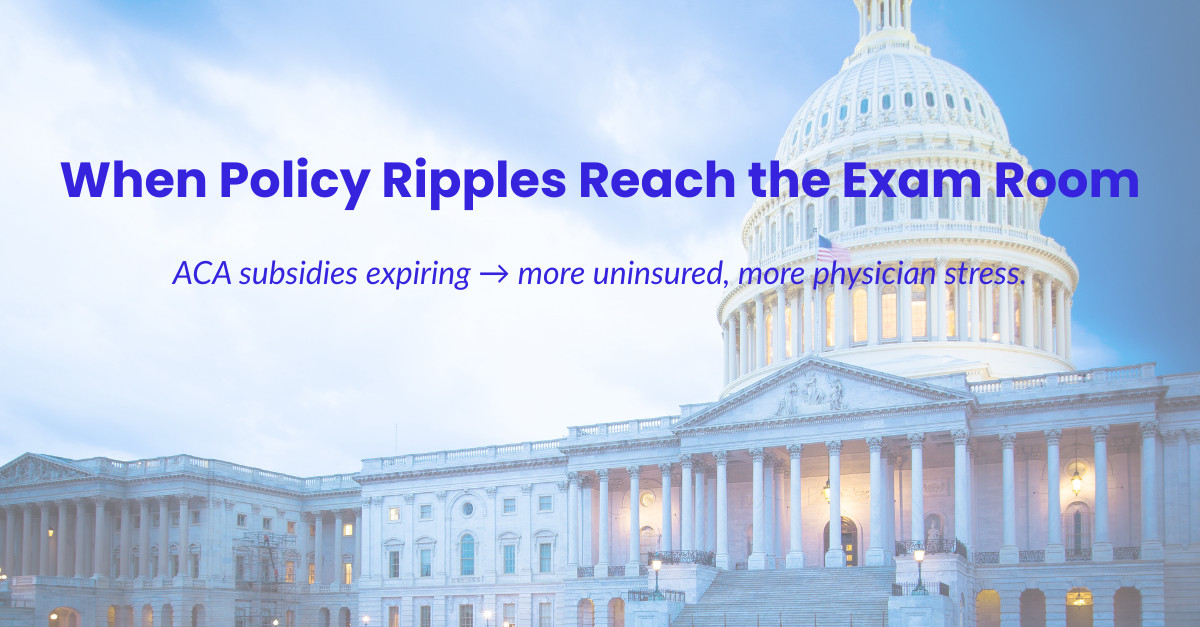

0 Comments